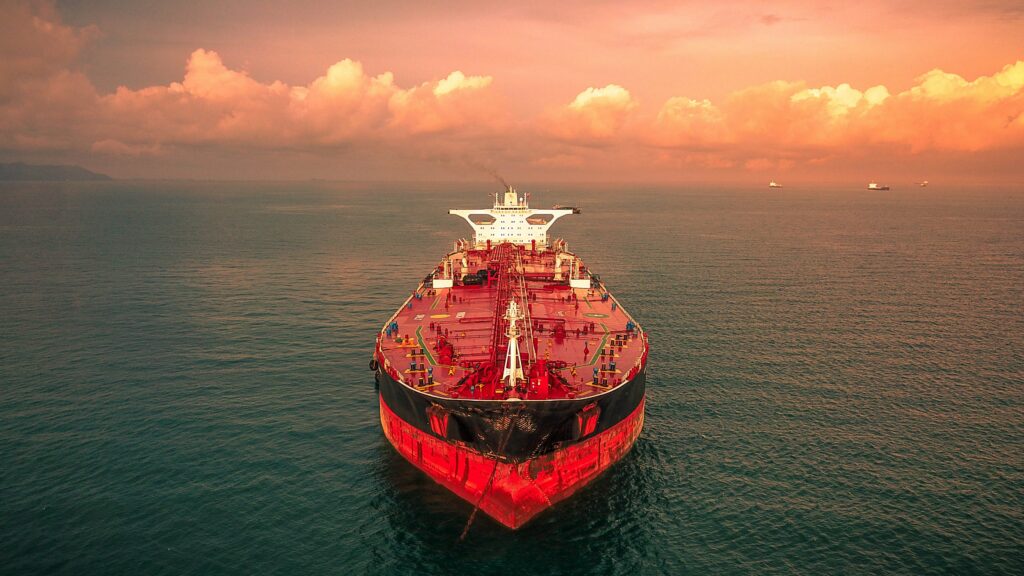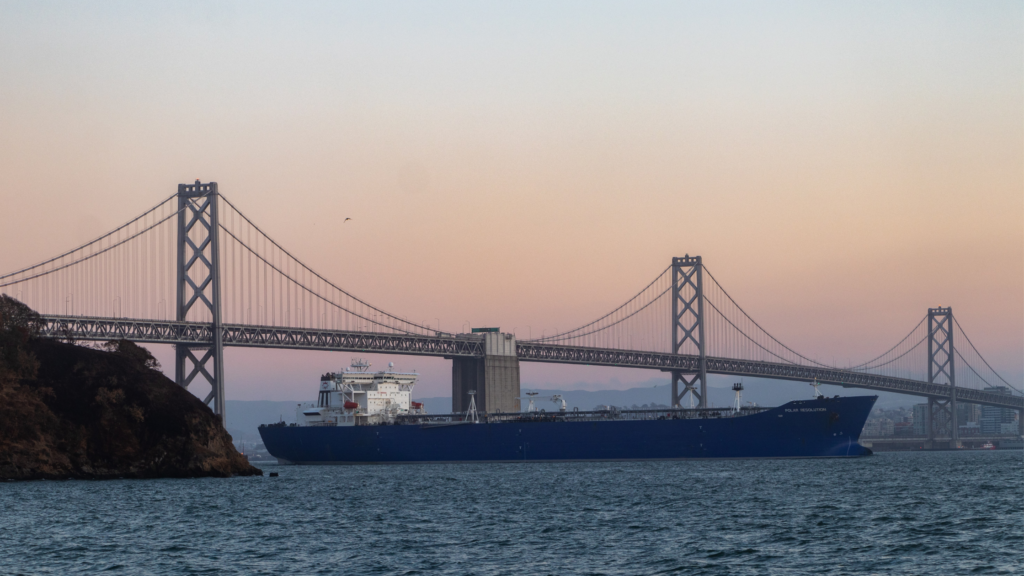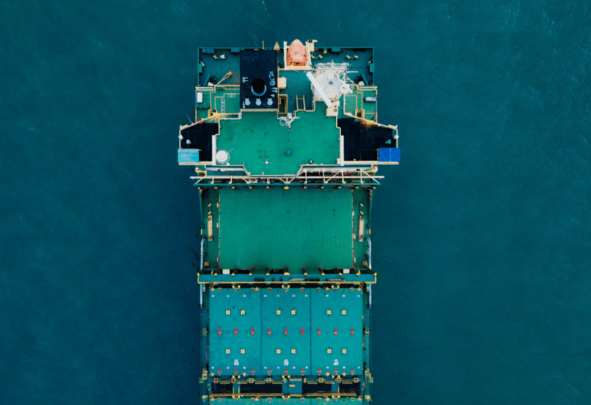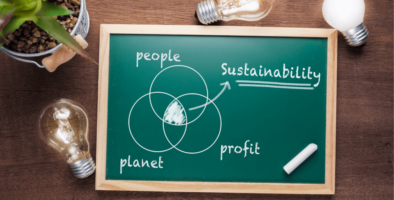Recent years have seen changes to the policies of many leading businesses in many sectors, not least those involved in global trade. As our understanding of the threat of climate change becomes greater there is a drive from consumers to make sustainable change. This has led many industry leaders in the food and beverage, packaging and energy industries make pledges to replace non-sustainable systems and processes with more resilient and sustainable alternatives. Following this trend there has been recent pressure on the freight sector to join in.
The challenges: Fuel
Shipping transports approximately 90% of the world’s trade volume. It is the most efficient mode of transport as it can carry loads far heavier than other means of transport. However, it also generates increasing carbon emissions resulting in the burning of a whopping 2bn barrels of crude fuel oil in 2018. Deep sea shipping accounts for a high percentage of voyages, and liners designed for this purpose currently run on high carbon fuels. This fuel is used as a waste disposal system by the oil industry, where the dirtiest parts of the barrel that can only be used by ships are sent. The fuel used in shipping contains sulphur concentrations that are 3,500 times greater than diesel, which is why this area is of particular importance.
It is these emissions that form the major challenge to the future sustainability of the shipping industry. The gases under scrutiny are carbon dioxide, sulphur dioxide and nitrogen oxide, along with particulate matter. Together the emissions from shipping contribute approximately 2-3% of the world’s greenhouse gas emissions. Popular shipping routes are now visible on maps showing the most highly concentrated areas of CO2 emissions, for example the areas around Rotterdam and the Straight of Malacca.
The introduction of a sulphur cap in 2019 was intended to significantly reduce shipping-related emissions in line with new legislation. This means reducing the concentration of sulphur in shipping. The International Maritime Organisation has set an ambition to reduce the carbon intensity of emissions from shipping by at least 40% by 2030 and 70% by 2050. If these targets are to be met, the shipping industry must unite in prioritising innovation and sustainable change.
Political Tension

While agreements such as the sulphur cap are great steps forward, they are not met with a warm welcome across the globe. As shipping is an industry that relies upon the agreement of trading nations, it can be a complex issue creating new rules and regulations across the board. The IMO needs to negotiate with 174 member nations, and has recognised that there is only so much it can implement with the agreement of all countries globally. Some see the rewards of shipping faster and more intensely as more important than changing practices to incorporate sustainability. The banning of higher sulphur crude oil, while beneficial to the environment, would be detrimental to the economy of Saudi Arabia, who have opposed such measures.
At first, with such a clear vision of where shipping is causing problems for the planet, a solution seems clear. However, looking more closely at decarbonisation results in cost speculations of up to USD$1.65 trillion by 2050. The main challenge therefore, is balancing the need for change against the cost of change.
Making Change
A simple switch from carbon fuels to alternatives will be difficult to accomplish, mainly because of the current design of vessels favouring carbon power. Recent changes to legislation within the shipping industry have led many to install exhaust cleaning gas units on vessels, designed to reduce the harmful impact of fumes leaving the ships. This is not a simple solution however, as it has emerged that while some vessels store the waste created from this process on board until it can be disposed of on land, some empty the waste into the ocean. Impacts such as this raise questions of whether in search of an easy-fix companies are willing to sacrifice the ocean’s health for the sake of cleaner air. Next to be targeted will be carbon, which unlike sulphur is more challenging to extract from fumes. This will lead to further innovation in the sector.
Challenges remain in finding a fuel solution that is low enough in sulphur to meet the new legislations’ demands but also eliminates small particles. Often, it is the smaller particles remaining in the air that can have the most adverse impact on health and can go undetected. As we learn more about pollution and how to manage it we hope to see new solutions being born to tackle it.
Slow Steaming

New ways to cut emissions include the concept of ‘slow steaming’, a concept brought forward by companies who want to impose a speed limit on ships. Their argument is that slower sailings will result in less fuel being burnt. Of course, this reduces capacity in a market in the midst of a pandemic. Though it is encouraging to see new ideas being brought to the table.
Green Energy
However, bioenergy seems to provide hope for the future. Currently, they are expensive and relatively inefficient, but as innovation in the green energy sector continues we hope to see more viable options come into focus. Alternatives include hydrogen and ammonia, which come with their own challenges in terms of storage and transport. Additionally, as infrastructure varies around the world there are challenges in supporting lower-carbon fuels. But this is changing.
The coronavirus pandemic has made drastic changes to the future of fuel. In the past nine months, the world’s largest oil companies have wiped almost USD$90 billion from the value of their oil and gas assets. These changes in the valuation of carbon-heavy fossil fuel assets began before the pandemic, as political pressure was increased on organisations that supported and promoted fuels that are harmful to the planet’s health. Covid-19 has not only devalued these assets, once thought of as stable, but has also changed attitudes towards using fossil fuels in future. As lockdown grounded means of transport, oil prices fell. More unexpectedly by pre-pandemic standards, market giants such as BP have now pledged to move their assets away from fossil fuels, and produce 40% less oil and gas by 2030.
Our Approach
To support necessary change in shipping, we have created the Shipping Module into The VIVE Programme. The programme was founded by Czarnikow and Intellync in 2015, with the aim of enabling end to end traceability and third party sustainable verification across entire supply chains. By incorporating shipping, an element of supply chains that is often left out, the programme ensures that every step of a trade is accountable.
The China Navigation Company, which owns Swire Bulk, was the first shipping company to join The VIVE Programme, and their involvement marked a key milestone in the capabilities of the programme to deliver end to end sustainability. The first fully sustainable sugar trade was completed in 2020, entailing of a cross-sector collaboration between various partners who participate in VIVE. The sugar was sourced by Czarnikow from Santa Terezinha in Brazil, shipped by The China Navigation Company, funded through a sustainability linked trade facility by OCBC Bank, processed by Central Sugars Refinery and purchased for end use by Fraser and Neave.
It is our hope that this trade, and VIVE more broadly, will encourage innovation in the sector along with collaboration between organisations at all stages of food and beverage supply chains. As we look to continuously improve our overall sustainable practice and carbon footprint we aim to ensure that supply chains remain fully incorporated with every development.
Author: Carys Wright
Images: Cluttersnap, John Lockwood and Fredrik Filix on Unsplash



